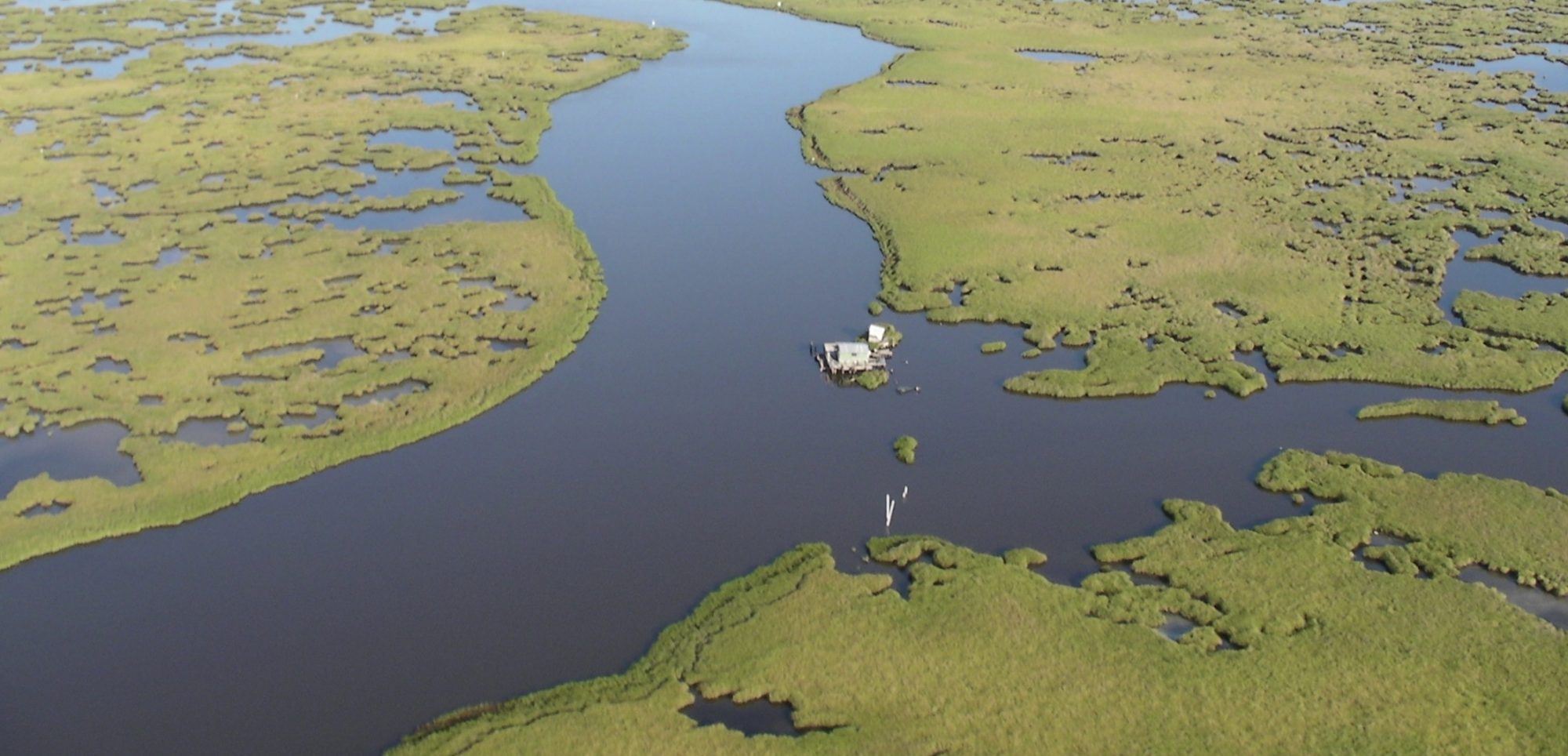
M.S. Candidate, Louisiana State University
Conference Travel Grant Type 2 (Society of Wetland Scientists)
Blue Carbon Accumulation Potential and Microbial Diversity in Created Salt Marshes of the Chenier Plain, Louisiana
“Salt marshes can have high rates of carbon (C) accumulation associated with high primary productivity, relatively slow organic matter decay, and sedimentation. Degradation and loss of natural marshes may be mitigated by marsh restoration and creation; however, the timescale and capacity for these sites to function as blue C sinks is not well understood. Carbon accumulation and storage potential of created marshes may vary spatially and temporally depending on vegetation composition, porewater chemistry, soil texture, mineral sediment accumulation, hydrology, and tidal elevation. To quantify the relative influence of these variables on soil C development, we collected soil cores for refractory and labile organic C and total nitrogen (N) accumulation along a chronosequence of 1- to 32-year-old created marshes and two natural reference marshes in Sabine National Wildlife Refuge in southwest Louisiana. Measurements of salinity, water level, elevation, and vegetation community structure, as well as short-term accretion using feldspar marker horizons are also being made. Additionally, microbial community diversity will be examined at each site using fatty acid analysis. Preliminary results show bulk density in created marshes range from 0.041 to 1.293 g/cm3 in the upper 0 – 2 cm depth, and 0.139 to 1.290 g/cm3 at the 2 – 4 cm depth. Bulk density at one of the natural reference sites was 0.314 and 0.339 g/cm3 at 0 – 2 cm and 2 – 4 cm, respectively. Grain size composition in the 0 – 4 cm depth of created sites range from 19.23 to 68.54% clay, 10.38 to 48.08% silt, and 11.05 to 32.69% sand. From our initial measurements, we expect that as marshes age, organic carbon accumulation rates will decline, C storage in soils will increase over time, but both accumulation rates and C storage will vary spatially due to environmental factors such as salinity, elevation, macrophyte communities, porewater chemistry, and sedimentation rates. Our results will provide a greater understanding of spatial and temporal variables influencing C accumulation and will contribute to the overall evaluation of restoration progress and success, and carbon currency potential.”
